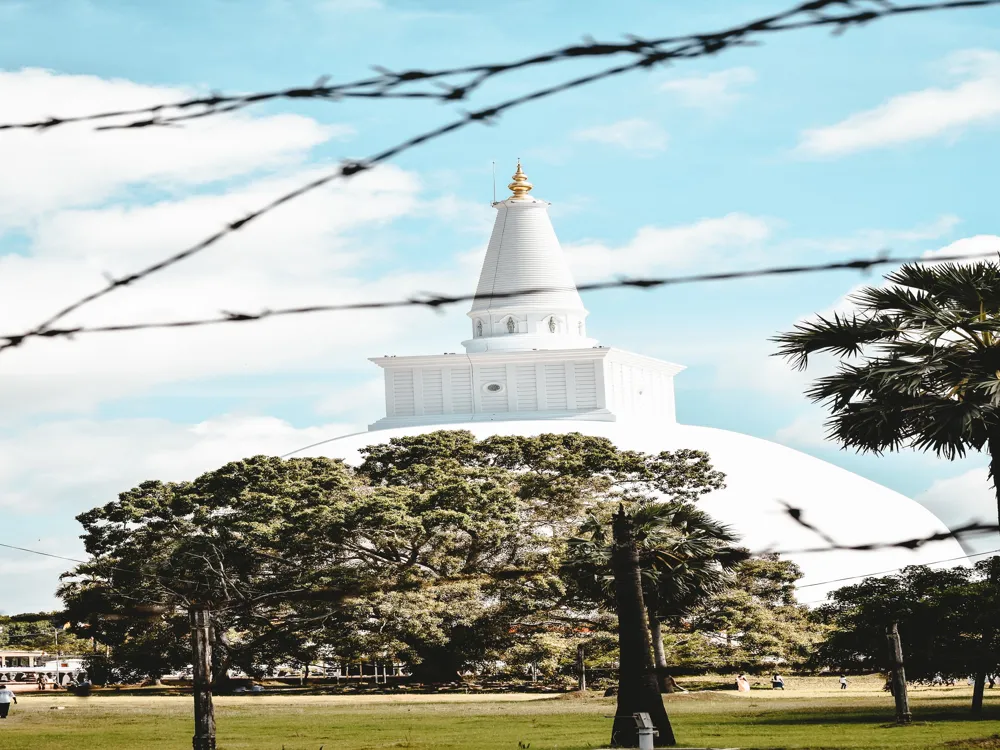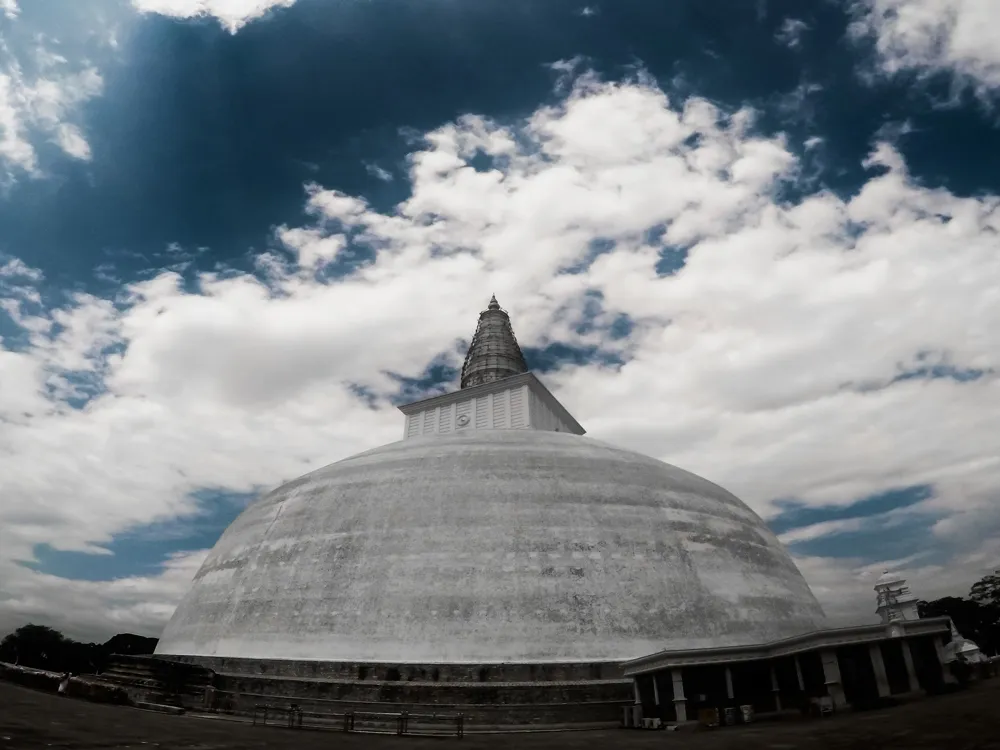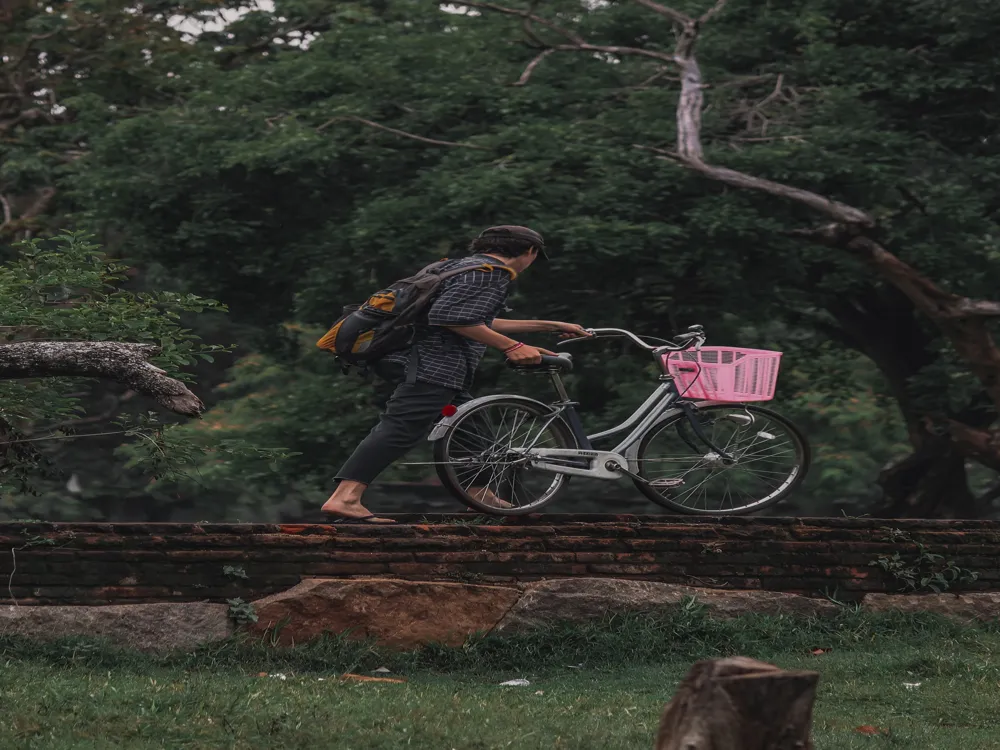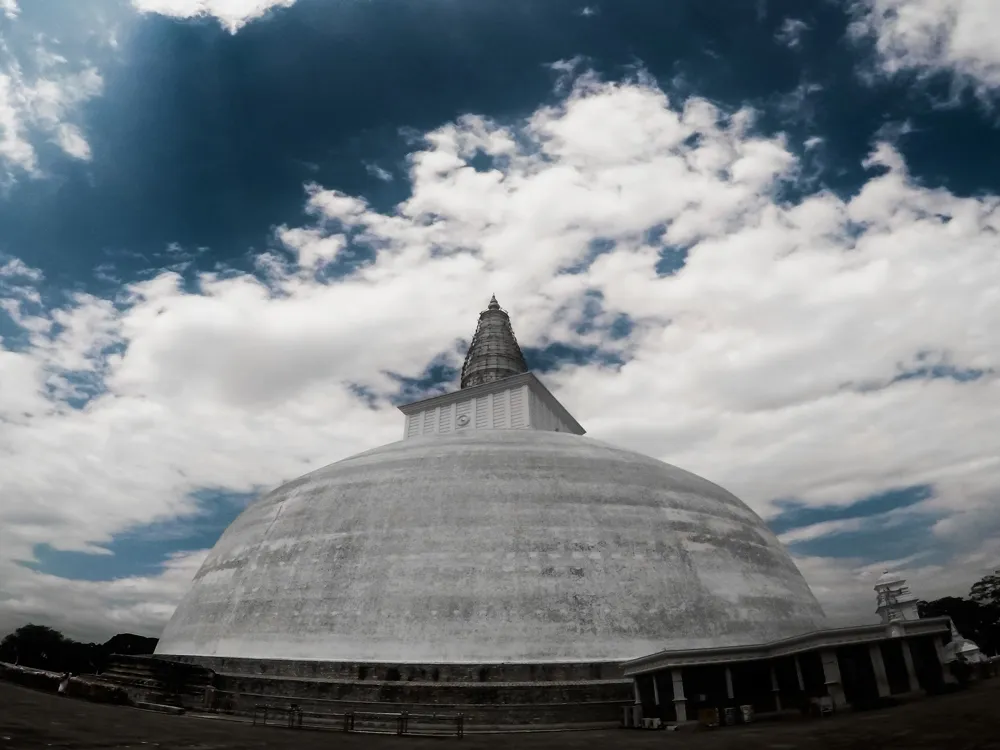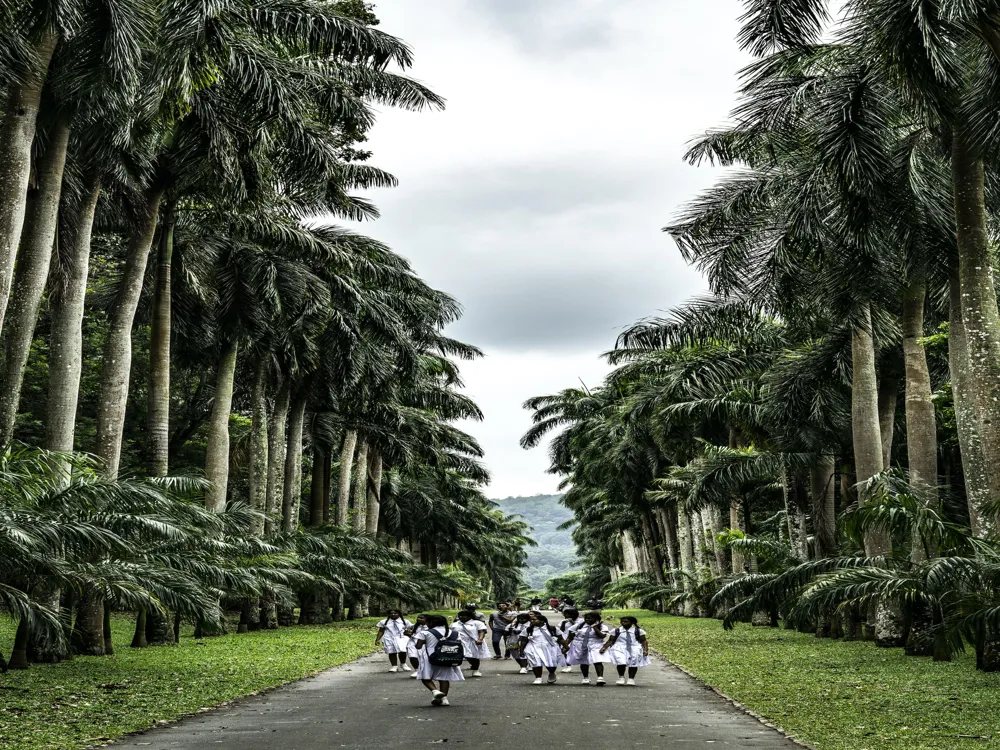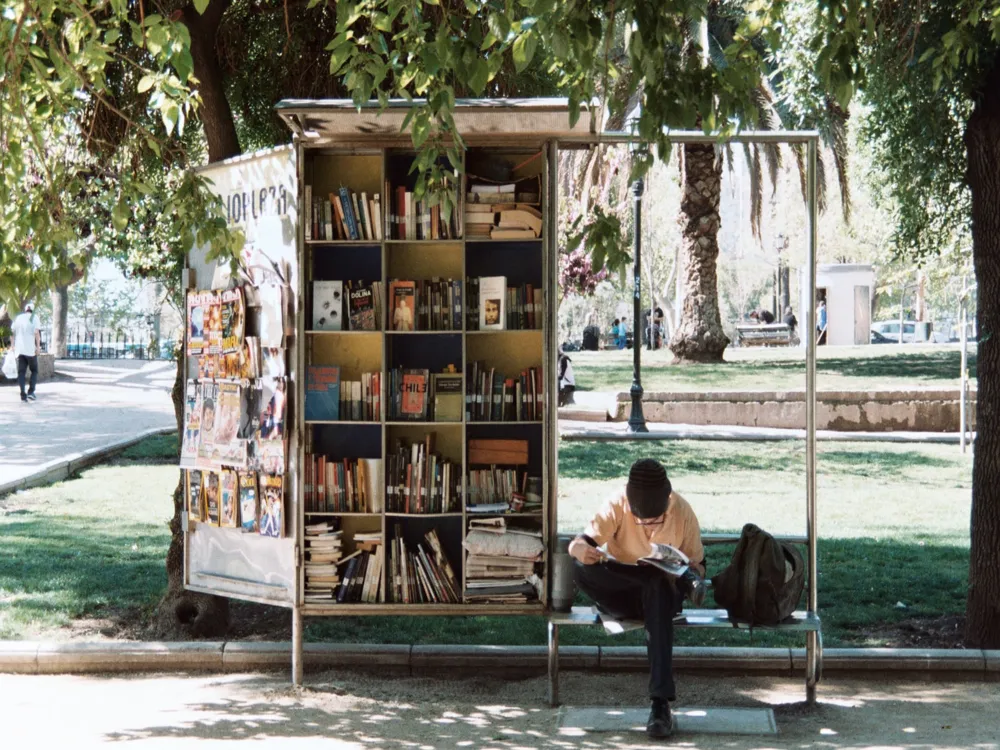Anuradhapura, a city in Sri Lanka, is a treasure trove of ancient history and cultural magnificence. Founded in the 4th century BC, it has been the heart of Sri Lankan civilization for centuries. This ancient city, now a UNESCO World Heritage Site, offers a fascinating journey through Sri Lanka's rich and diverse history. Anuradhapura was the capital of the Sinhalese Kingdom and is celebrated for its well-preserved ruins of ancient Sri Lankan civilization. The city's layout is a testament to its historical significance, with remnants of monasteries, palaces, and monuments scattered throughout. The sacred Bo Tree, which dates back to 245 BC and is a significant symbol in Buddhism, is a central feature of the city. Anuradhapura is not just a historical site; it's a living, breathing city where ancient and modern life coexist harmoniously. Anuradhapura's significance lies in its role as the first established kingdom in ancient Sri Lanka. It was the epicenter of Sinhalese culture and Buddhism on the island. The city's strategic location along trading routes made it a hub of commercial and political activity, thus playing a vital role in the region's history. The city's layout reflects its importance as a religious and administrative center. The sacred precinct, known as the Mahavihara, was the spiritual heart of the city, surrounded by monastic complexes. The city was also known for its sophisticated water management system, including reservoirs and canals that are still in use today. Anuradhapura's influence extends beyond its historical and architectural significance. It has been a center of Theravada Buddhism, attracting scholars and devotees from around the world. The cultural practices and rituals that originated in Anuradhapura have shaped Sri Lankan society and Buddhism across Asia. The architecture of Anuradhapura is a marvel, blending spiritual, cultural, and functional elements. The city's design and construction techniques were ahead of their time and have influenced architecture across Southeast Asia. The architectural highlights of Anuradhapura include stupas, monastic complexes, and intricate carvings, each telling a story of the city's glorious past. Stupas, or Dagobas, are the most iconic architectural feature of Anuradhapura. These dome-shaped structures were built to house relics and are considered sacred in Buddhism. The Jetavana, Abhayagiri, and Ruwanwelisaya stupas are among the most significant, known for their size, design, and spiritual importance. The monastic complexes of Anuradhapura, like the Mahavihara, Abhayagiri Vihara, and Jetavanaramaya, were centers of Buddhist scholarship and worship. These complexes included residential quarters, meditation halls, and libraries, showcasing the city's architectural and cultural wealth. The intricate carvings and sculptures found in Anuradhapura are a testament to the artistic skill of ancient Sri Lankan craftsmen. These artworks, found on pillars, moonstones, and guard stones, depict various religious and cultural themes, offering a glimpse into the life and beliefs of the time. Plan your visit between November and March when the weather is cooler and more conducive to exploring the outdoor ruins. Dress modestly and respectfully, especially when visiting religious sites. Covering your shoulders and legs is recommended. Consider hiring a local guide for an in-depth understanding of the history and architecture of Anuradhapura. The climate can be hot and humid, so carry water with you and stay hydrated throughout your visit. Anuradhapura is well-connected by road and rail, making it easily accessible from various parts of Sri Lanka. The city is about a 4-hour drive from Colombo. Regular train services connect Anuradhapura to major cities like Colombo and Kandy, offering a scenic and affordable travel option. For those preferring convenience, taxis and private vehicles are also available for hire. Read More:Overview of Anuradhapura
Historical Significance
The Ancient City's Layout
Cultural Impact
Architecture of Anuradhapura
Stupas and Dagobas
Monastic Complexes
Artistic Carvings and Sculptures
Tips When Visiting Anuradhapura
Best Time to Visit
Respecting Local Culture
Guided Tours
Stay Hydrated
How To Reach Anuradhapura
Anuradhapura Maha Viharaya
Anuradhapura
₹ 21,999 onwards
View anuradhapura Packages
Weather :
Tags : Temple
Entry Fee: : NA
Planning a Trip? Ask Your Question
Anuradhapura Travel Packages
View All Packages For Anuradhapura
Top Hotel Collections for Anuradhapura

Private Pool

Luxury Hotels

5-Star Hotels

Pet Friendly
Top Hotels Near Anuradhapura
Other Top Ranking Places In Anuradhapura
View All Places To Visit In anuradhapura
View anuradhapura Packages
Weather :
Tags : Temple
Entry Fee: : NA
Planning a Trip? Ask Your Question
Anuradhapura Travel Packages
View All Packages For Anuradhapura
Top Hotel Collections for Anuradhapura

Private Pool

Luxury Hotels

5-Star Hotels

Pet Friendly







